Read Alouds That Develop Empathy and Perspective Taking in Young Learners
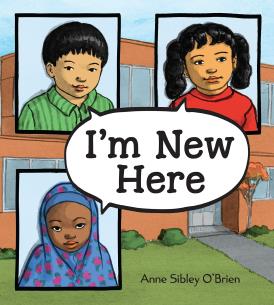
by Anna McCarthy Reynolds
In order to engage as a citizen in your community, nation, or the world, taking different perspectives is an essential skill (Colwell et. al., 2020). Empathy is a crucial social emotional skill that also helps students analyze texts and develop literacy skills applicable in multiple disciplines, especially social studies (Colwell et. al., 2020, Ziemke & Muhtaris, 2020).
“Empathy can be grounded in day-to-day life when we consider it in conjunction with getting to know each other’s stories” (Ziemke & Muhtaris, 2020, p. 94). Students can get to know other's stories through reading about others that are different and similar to them. Students can relate to characters that come from diverse backgrounds through shared feelings when they learn more about them.
I hope this list provides you with some books you can read aloud or have in your class library, that can help students develop language, feelings, and understanding around empathizing with people who are different from them.
Books That Develop Empathy and Perspective Taking
 Title: I’m New Here
Title: I’m New Here
Author: Anne Sibley O’Brien
Genre: Fiction
Age Range: 5-8 years
Description: This book shares the perspective of three students whose families recently immigrated.
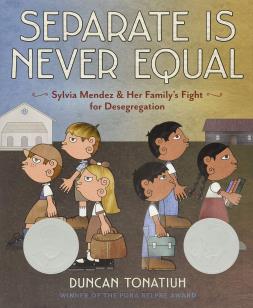 Title: Separate is Never Equal
Title: Separate is Never Equal
Author: Duncan Tonatiuh
Genre: Nonfiction
Age Range: 6-9 years
Description: This book is about Sylvia Mendez, whose family fought for equal rights for Latinos during the Jim Crow era.
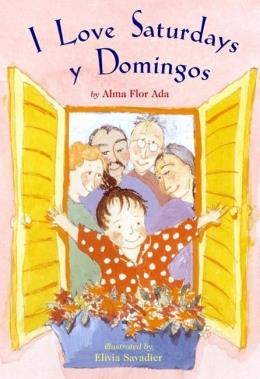 Title: I Love Saturdays y domingos
Title: I Love Saturdays y domingos
Author: Alma Flor Ada
Genre: Fiction
Age Range: 5-8 years
Description: This book is about a young girl who spends Saturdays with her English-speaking grandmother and grandfather, and domingos (Sundays) with her Spanish-speaking abuelo and abuela.
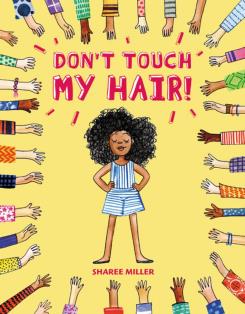 Title: Don’t Touch My Hair
Title: Don’t Touch My Hair
Author: Sharee Miller
Genre: Fiction
Age Range: 4-8 years
Description: This book teaches respect for others and the importance of asking permission before touching someone.
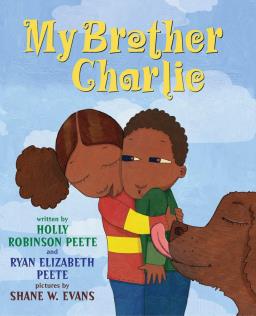 Title: My Brother Charlie
Title: My Brother Charlie
Author: Holly Robinson Peete and Ryan Elizabeth Peete
Genre: Fiction
Age Range: 4-8 years
Description: Narrated by the twin of a boy with autism, this book explores what autism is and the perspective of a girl who is close to someone with autism.
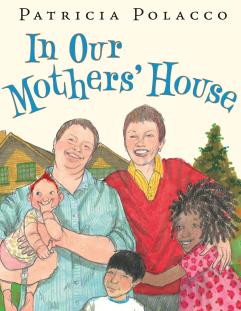 Title: In Our Mother’s House
Title: In Our Mother’s House
Author: Patricia Polacco
Genre: Fiction
Age Range: 6-8 years
Description: This book is a story of an adoptee who, with her two adopted siblings, has two mothers.
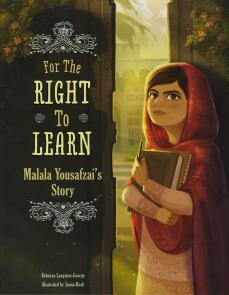 Title: For the Right to Learn: Malala Yousafzai’s Story
Title: For the Right to Learn: Malala Yousafzai’s Story
Author: Rebecca Ann Langston-George
Genre: Nonfiction
Age Range: 6-9 years
Description: This book is a biography of activist Malala Yousafzai meant for young learners.
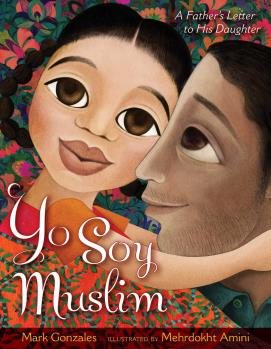 Title: Yo Soy Muslim: A Father’s Letter to His Daughter
Title: Yo Soy Muslim: A Father’s Letter to His Daughter
Author: Mark Gonzales
Genre: Poetry
Age Range: 4-8
Description: This book is formatted as a letter from a father to his daughter. It deals with questions about identity.
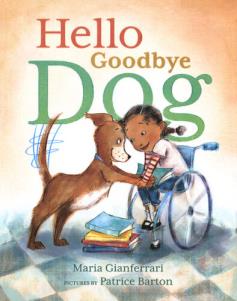 Title: Hello, Goodbye Dog
Title: Hello, Goodbye Dog
Author: Maria Gianferrari
Genre: Fiction
Age Range: 4-8 years
Description: This book is about a girl in a wheelchair whose dog wants to come to school with her. The dog finally gets to once it becomes a service dog.
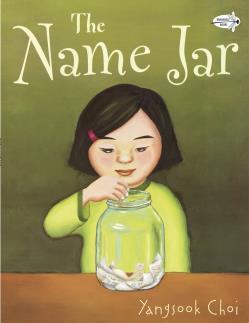 Title: The Name Jar
Title: The Name Jar
Author: Yangsook Choi
Genre: Fiction
Age Range: 3-7 years
Description: This book is about a girl who moves to the United States from Korea and struggles with transitioning into a new culture.
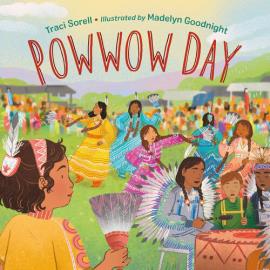 Title: Powwow Day
Title: Powwow Day
Author: Traci Sorell
Genre: Fiction
Age Range: 4-8 years
Description: This book is about a young Native American girl who wants to dance at the powwow but is recovering from being sick.
General Considerations (Ziemke & Muhtaris, 2020):
Set expectations for trust and respect
- It is important to create a classroom culture where it is OK to make mistakes and OK to disagree with others. These are not easy things to do and so creating this climate will help students take risks and, therefore, engage in more learning.
Set discussion norms
- Set expectations around discussions. How do we:
- Take turns speaking?
- Indicate we want to speak?
- Provide students with sentence stems for respectful discussion?
- Provide students with empathy vocabulary in order to help them express their or a character’s feelings?
Make sure the books you choose are not reinforcing systems of oppression
- While having books about people from varying backgrounds is important, it is not enough. It is important to make sure that the books are not reinforcing prejudices or stereotypes.
Ask students to share what they would like to read about or what they believe is missing from the books they have access to
- Older elementary students can share what perspectives they think are missing.
- Younger elementary students can share more general topics they would like to read about.
Conclusion
I hope you now feel a little more equipped to teach empathy and perspective taking through read alouds with your students. If you have any books you think would be relevant, please email the author of this blog.
References
Colwell, J., Hutchison, A., & Woodward, L. (2020). Digitally supported disciplinary literacy for diverse k-5 classrooms. Teachers College Press.
Ziemke, K. & Muhtaris, K. (2020). Read the world: Rethinking literacy for empathy and action in a digital age. Portsmouth, NH.
More to Explore
Black-Owned Bookstores
The links below will take you to some black-owned bookstores that have extensive collections of diverse and culturally responsive books.
Sentence Stems for Classroom Discussion
These sentence stems are for supporting ELLs (English Language Learners) in classroom discussions; however they can be used as best practices for all students. This resource includes, but is not limited to, sentence stems for disagreeing and expressing opinions. http://msbacon.com/documents/ELL_Sentence_Stems.pdf
Anchor Chart for Empathy in Books
This resource is an anchor chart about empathy. It provides guiding questions for students to use while reading to develop empathy for the characters. https://www.pinterest.com/pin/394346511114902806/
Author Note
Anna McCarthy-Reynolds is a 4th and 5th grade English Language Development teacher at East Silver Spring Elementary School and currently working towards a master's in teaching literacy to culturally and linguistically diverse populations at Loyola University. Click to find out more information about the Literacy Program at Loyola University Maryland.
Posted: November 16, 2022